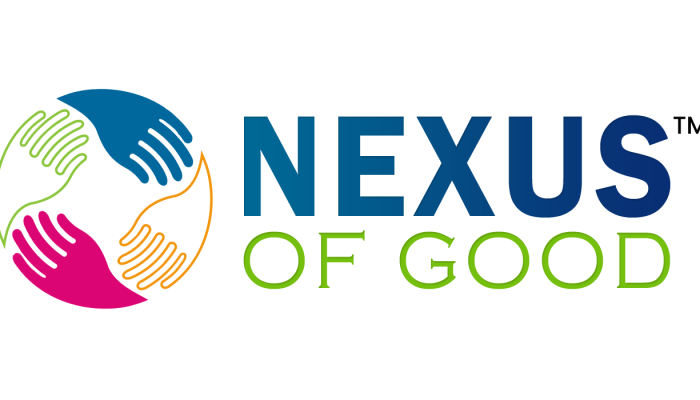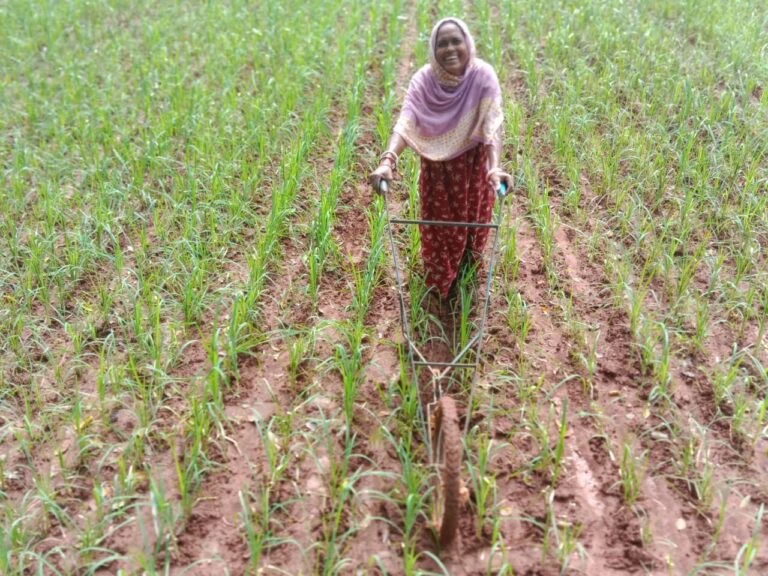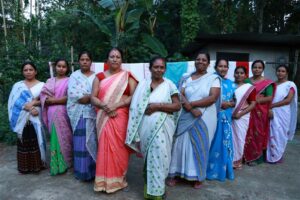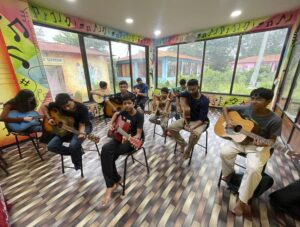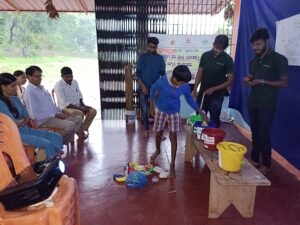Leading to millet production one of the farmers named Mrs. Santilata Birua (48 yrs) is residing at Sankatapalia village of Hardagarh Gram Panchayat, Hatadihi block of Keonjhar District successfully Cultivating millet.
In the year 2022-2023 kharif Millet production Mrs. Santilata Birua was motivated and showed her interest for the production of millet crop knowing the value addition and its demand during community mobilization meeting held under TADASHA NGO in Hatadihi Block. As in hatadihi block the concerned NGO staff mobilized the farmers and new interested farmers. Since last 3years she was cultivating finger millet on her own and received incentives from Govt. of Odisha she is also engaged with TADASHA NGO for motivating other female farmers which will lead to self believe of many farmers for cultivating Millet.
For Kharif 2022-2023, during Mid may she prepared her land i.e 1Ac. by using tractor twice which will eradicate the heavy clods and loosening of soil particle. Ploughing will help the soil to expose the soil to sunlight and prevent pest present in soil. Ploughing is useful before any crop as It will help in quality and quantity of crop. 3 quintal FYM used during land preparation. Benefits of ploughing as follows:
1. It improves air circulation in soil.
2. Roots can penetrate deeper into the soil.This enables them to hold the plant firmly.
3. Ploughing enhances the water retaining capacity of the soil.
4. Ploughing uproots the weeds growing in the field.
5. It also aids in the growth of microbes which help in decomposing the organic matter faster.
On 6th July, a nursery bed were prepared measuring about (1.5ft x 05ft x 15 cm) by clearing the grass and levelling the area. At that point, the main field was also ready. In addition, Jeevamrutam was used before planting the seedling. One net was also covered in order to protect the seedling from cows. Within 18 days of the date the sowing the seedlings the ragi seedlings were ready for harvesting on 19th July.
The female farmer Ms. Santilata Birua and her own family members involved in line transplanting. Four members helped in transplanting and it took two days to complete the transplanting process. 1st Weeding was done after 15 days of transplanting of seedlings. Weeding will help the reduce competition between the plants and unwanted plants. After that, liquid and fertilizer were used in ragi field. Handikhata (20 lit ) was used as pesticide as those areas prone to stem bore in the field which was prepared by one of the SHG group nearby area. 2nd weeding done after 20 days of 1ST weeding by using cycle weeder. After 2nd weeding one wooden log smoothly rolled over the plants which will increase in no of panicle resulting increase in yield. As to promote the liquid organic manure, Handi khata was prepared by the SHG members of that Village and applied into the field.
As the harvesting time arrived, she was filled with anticipation to get her fruit of labour. Four persons were engaged in her field including her family members for finger millet harvesting. Harvesting a Yield of 6.8 Quintals. From last 3 years a total of 15.7 Quintals (5qtl, 5.5qtl & 5.2Qtl) quintal finger millet sold at the MSP @ 32.95 1st yr, @ 33.77 @2nd year & @35.783rd year) i.e sum of Rs-53,653/- to Govt. by Lamps named Maa Gadachandi FPC at Hatadihi Block. She has received incentive amount Rs 5250/ incentive from Govt. last 3years.
Ms. Santilata Birua has spent her money for her daughter’s better education. Her success story of millet cultivation further motivated the other SHG members of the village. They also recognised their potential with the guidance and encouragement the came forward to take up millet production. She has spend her money (which money She got from millet cultivation) for her daughter better education.
Implementation of OMM and its success story:
It is difficult to use dry lands to produce enough high-quality grains because of their low fertility. Millets, a crop that complies with climate change regulations, outperform other grains like wheat and rice in terms of poor growing conditions and high nutritional value. Sustainable food systems aim to provide sufficient and nutritious food, while maximising climate resilience and minimizing resource demands as well as negative environmental impacts. However, the successful harvest of small millets justifies the incorporation of tried-and-true and climate-smart technologies for the satisfaction of the population’s future needs.
Food Security: Sustainable food source for combating hunger in changing world climate Resistant to climate stress, pests and diseases.
Nutritional Security: Rich in micronutrients like calcium, iron, zinc, iodine etc. 2. Rich in bioactive compounds 3. Better amino acid profile.
Safety from Diseases:
Gluten free: a substitute for wheat in celiac diseases , a good food for diabetic persons , Can help to cardiovascular diseases, anemia, calcium deficiency etc.
Economic security: Climate resilient crop, Sustainable income source for farmers , Low investment needed for production, Value addition can lead to economic gains
Diets with a low environmental impact are protective of bio diversity and ecosystems, which helps ensure access to food and nutrition. Without sacrificing nutritive value, crop diversification through the use of more coarse cereals, like millets, can increase food production, lower greenhouse gas (GHG) emissions, and improve climate resilience. Millets were identified as a viable option for ensuring food security and environmental resilience in a quantitative analysis of changing monsoon cereal production in India.
The programme aims at to change the environment by changing the application of pesticides, Fertilizer and herbicides by increasing the application of organic liquid fertilizer which will anyhow impact the lifestyle of human beings and soil micro organisms.
Additionally, The programme also helped to increase nutritional status of ST and ST children and other social groups. Therefore, Inclusion of ragi laddo programme was implemented in ICDS for 3-6 years children and SSD hostels.
